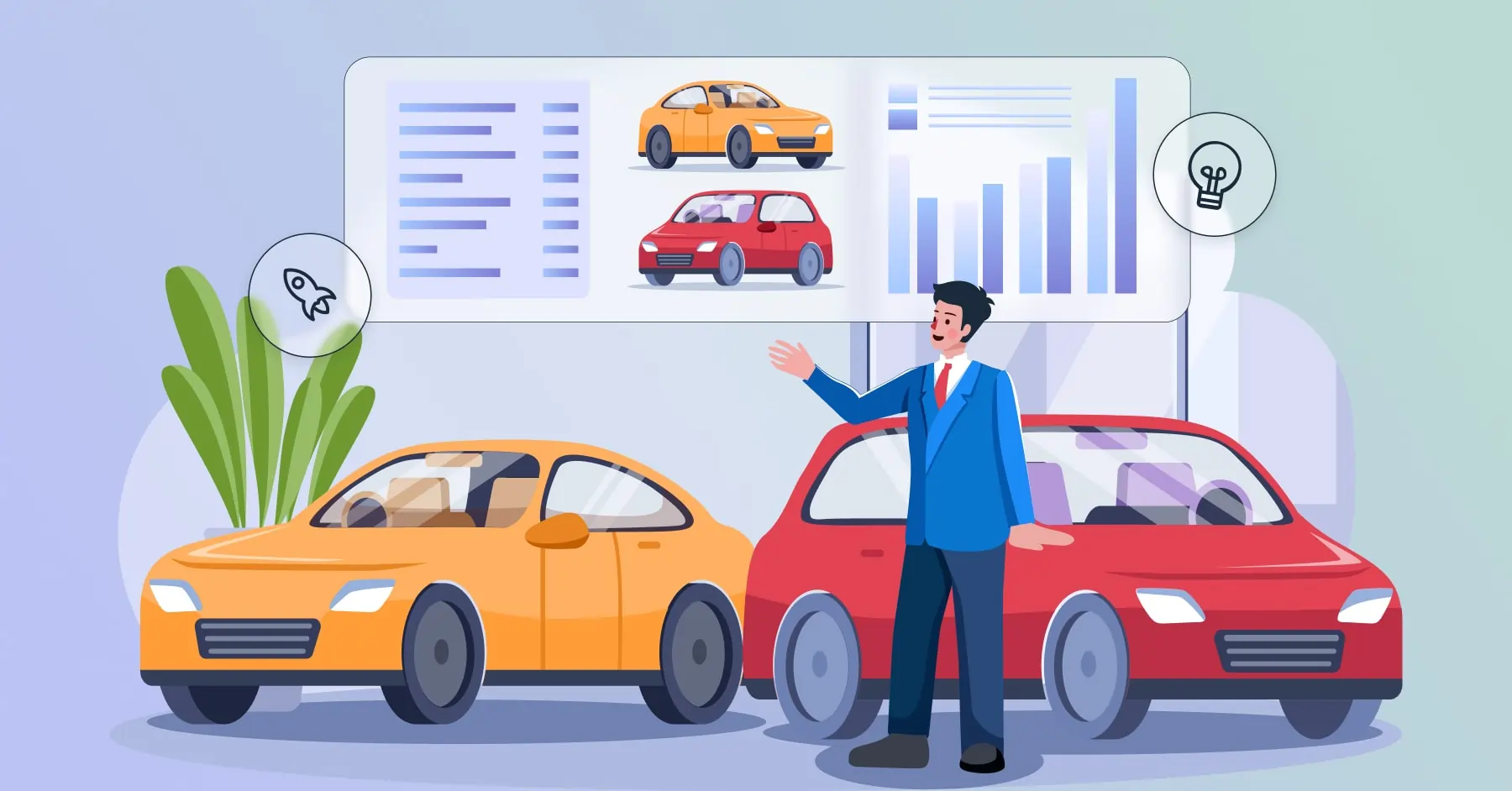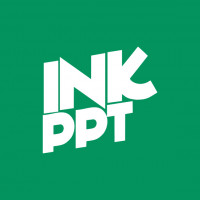2025 Guide: Building Better Automotive PowerPoint Presentations

Strong 8k brings an ultra-HD IPTV experience to your living room and your pocket.
In 2025, the automotive industry finds itself at a thrilling intersection: AI-powered production, electrification, sustainability mandates, and intelligent driving systems. Yet despite all this acceleration, many automotive presentations are still stuck in neutral.
You’ve seen them — slides filled with dense text, pixelated diagrams, static model images, and timelines older than the internal combustion engine. While the industry is moving towards smart, connected, electric ecosystems, presentations often remain disjointed, cluttered, and underwhelming.
It’s time that changed.
TL;DR
The automotive presentations of 2025 are immersive, strategic, and interactive. They're no longer about product specs alone — they’re persuasive business tools that combine AI, real-time data, and intentional storytelling to influence decisions and reflect innovation. If your slides still look like they’re from the diesel era, you’re losing audience trust and attention.
Why Automotive Presentations Need to Catch Up
In the last five years, the auto industry has transformed at an unprecedented pace:
EV dominance is no longer a prediction — it's production.
Connected cars are standard, not futuristic.
Autonomous driving is shifting from R&D to rollout.
Generative AI and data analytics are streamlining design and sales cycles.
But the slide decks used to communicate these innovations? Many are outdated, passive, and design-deficient.
A 2024 Forrester report found that 92% of B2B buyers believe AI improves decision-making, yet most automotive presentations don’t leverage even basic interactivity or data visualization, let alone AI-powered adaptability.
Similarly, Deloitte noted that 77% of B2B leaders see digital transformation as mission-critical — yet their pitch decks often feel more analog than autonomous.
From Deck to Drive: What Presentations Need in 2025
Here’s what defines a next-gen automotive presentation:
1. Data That Moves in Real Time
Your production stats, market share, or vehicle feature comparisons should update live from cloud dashboards or embedded analytics. Static charts don’t cut it when the audience expects up-to-date performance metrics.
2. Design That Tells a Story
Slide design isn’t about "making it pretty." In 2025, it's about narrative clarity:
Every slide should either introduce, validate, resolve, or inspire.
Font hierarchy, color palette, and whitespace guide the eye.
Motion graphics or animated elements enhance, not distract.
3. AI-Driven Personalization
Generative AI tools can now adapt slide content based on who’s in the room. Imagine your deck adjusting focus between product design and financials depending on whether the audience is R&D or investor-heavy.
4. Interactive Experiences
Tools like Vectary, Adobe Aero, and Lottie let you embed interactive AR views, animations, or 3D vehicle cutaways into PowerPoint or Google Slides. These aren't gimmicks — they're experiential selling tools.
5. Narratives That Map to Strategy
Modern presentations mimic the customer or stakeholder journey:
Attract: Big idea, market shift, emotional driver.
Inform: Key insights, features, positioning.
Validate: Metrics, timelines, testimonials.
Inspire: Roadmaps, partnerships, next steps.
Think of it like a digital showroom — one slide at a time.
Tools That Make It Happen
Here are the tools transforming automotive presentations from meh to magnificent:
Tool
Use Case
Canva (Magic Design)
AI-driven layout suggestions, alignment automation
Vectary / Adobe Aero
Embed AR & 3D vehicle previews for immersive product demos
KeyShot / NVIDIA Omniverse
Real-time rendering of high-res car visuals
Microsoft PowerPoint / Google Slides
Still critical but supercharged with plugins, templates, and AI
With tools like these, you can deliver a presentation on a live call that feels more like a product experience center than a slide review.
Real Presentation Formats That Win in 2025
Want to see it in action? These formats are redefining how the auto world communicates:
Presentation Type
Format Enhancements
Investor Pitch
Interactive infographics, ROI simulators, minimal text
EV Roadmap
Timeline storytelling with animated milestones and callouts
Product Launch
Live AR overlays of new models, touchable interior features
Dealer Conference
Modular slide layouts for triple screens, motion-first content
Each format blends strategy, story, and sensory engagement. They're not built in isolation—they’re crafted with clear intent and tailored tools.
Where Most Automotive Presentations Still Fail
Let’s face it: many teams still make decks by throwing specs onto slides. Common issues include:
Information overload: Endless bullet points drown the message.
Outdated design: Stock photos and clunky animations.
Lack of structure: No clear arc to guide the audience.
The result? A presentation that tells, but doesn’t sell.
Why It’s No Longer Just About Design It’s Strategy
Presentation design used to be a design team’s problem. Not anymore.
Today, decks influence:
Product approvals
Cross-functional alignment
Investor confidence
Market perception
They are strategic artifacts, as critical as your prototype or go-to-market plan.
And the audience? They’re smarter, busier, and more skeptical than ever. If your deck doesn’t move them in 10 minutes or less, it’s a missed opportunity.
What Automotive Pros Should Do Next
If you're in product marketing, design, CX, or engineering, your presentation is part of the product.
Here’s how to start evolving it:
Audit your last 3 decks
Do they tell a clear story? Do they reflect your brand’s innovation?
Adopt a presentation framework
Use a structure like problem – solution – validation – action to map your content.
Use templates strategically
Don’t over-rely on off-the-shelf automotive PowerPoint templates. Customize slide masters, icons, and fonts for alignment.
Invest in motion + interaction
Even a simple GIF of your vehicle's feature can elevate perception.
Build a cross-functional slide bank
Create reusable assets that reflect brand voice, tech specs, and visuals across business functions.
Explore Templates
Final Thought: In 2025, Your Slides Are as Important as Your Strategy
In the race to innovate, communicate, and differentiate, your presentation might just be your fastest vehicle.
Because a stunning, immersive, well-strategized automotive deck doesn’t just present your product. It proves your value. It drives belief. It converts audiences into advocates.
So the next time you hit "New Slide," remember: you’re not building a deck. You’re driving a narrative.
Let’s Connect
Frequently Asked Questions (FAQs)
1. What defines an effective automotive presentation in 2025?
An effective automotive presentation in 2025 goes beyond visuals. It’s a strategic communication tool that combines real-time data, interactive visuals (like AR or 3D), audience-driven narratives, and AI-powered personalization to simplify complexity and drive business decisions.
2. Are traditional PowerPoint templates still useful for automotive companies?
While traditional templates can provide a baseline structure, they often lack flexibility and innovation. Modern presentations benefit more from customized templates designed for the automotive industry, tailored to brand identity, audience needs, and interactive features.
3. How is AI being used in automotive presentations?
AI supports layout optimization, real-time data integration, audience personalization, and even content suggestion. Generative AI tools adapt slide content dynamically based on audience roles, making presentations more relevant and persuasive.
4. What tools are best for designing automotive presentations in 2025?
Tools like Microsoft PowerPoint and Google Slides remain essential, but they are now enhanced with plugins and AI tools. Platforms like Canva (for smart layouting), Vectary and Adobe Aero (for 3D/AR), and KeyShot (for high-fidelity visuals) are increasingly being used for immersive storytelling.
5. How do modern presentations support the automotive product launch process?
Next-gen presentations mirror the product lifecycle: they introduce features, visualize performance data, simulate use cases, and clearly communicate roadmaps. This streamlines internal alignment and helps external stakeholders (like dealers or investors) understand product impact and differentiation.
6. What’s the role of storytelling in an automotive pitch deck today?
Storytelling is essential — it gives context to data, emotion to specifications, and structure to the message. A well-structured story arc (problem–solution–proof–action) keeps the audience engaged and makes even complex engineering concepts more digestible.
7. How can teams keep presentation content consistent across departments?
By creating a centralized slide library, using shared templates with locked branding elements, and adopting collaboration tools (like Google Slides or Miro), teams ensure that sales, marketing, product, and CX functions stay aligned in messaging and visual style.
Note: IndiBlogHub features both user-submitted and editorial content. We do not verify third-party contributions. Read our Disclaimer and Privacy Policyfor details.



